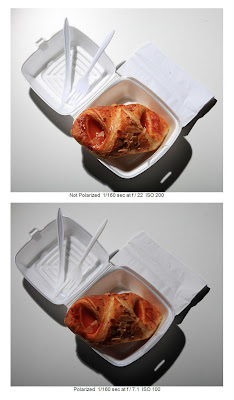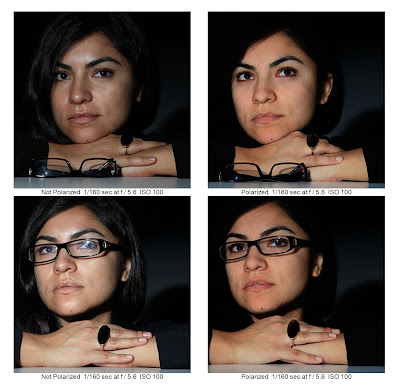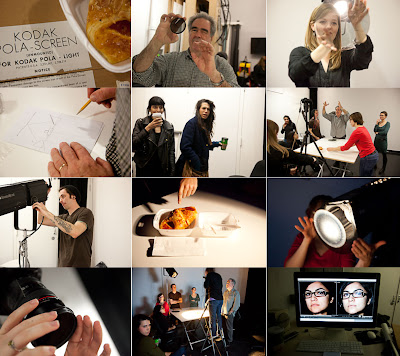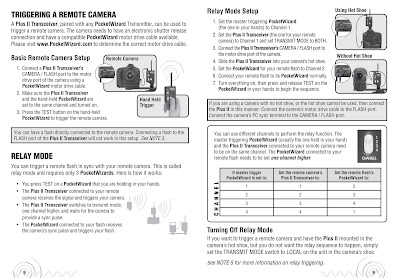The photograph on the left was made by sitting the bottle on our light table which was lit underneath with a small soft box. From behind and at the background curve another small soft box used. A
matt silver reflector was placed above and to the front of the bottle to light the top of the wooden plug. By placing the bottle on a black piece of foam core and another piece used for a background, we were able to create another version with a black ground and background. The expose was increased by a full stop.

The pencil sharpener with lit with a single small soft box to the left and was set on a 4x8 sheet piece of grey
Formica that was placed on top of the light box set up.

The four images I used as
layers to achieve the final image above. The upper left image was out of alignment and I used Edit Auto-Align in
photoshop to get it to work. I changed the shape of the black reflection in top right image by masking out the sharp edge and replace it with the image from the top left.

Production Stills by Phillip Mansfield

Assignment 10 Shiny Metal and Glass
Photograph a Shiny Metal object and define its shape and characteristics by use of it reflective
qualities.
Photograph a glass object and define its shape and characteristics by using its transparency.


































